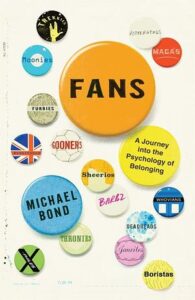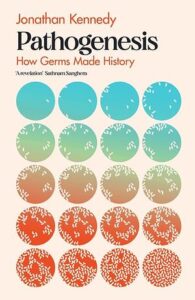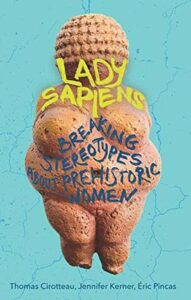 The Good Virus, Tom Ireland
The Good Virus, Tom Ireland
This is one of those popular science books that got me excited by teaching me new things — something that you wouldn’t think is easy when it comes to things like viruses, which I’m studying during my MSc at LSHTM. The “good viruses” of the title are bacteriophages, though: viruses that specifically target bacteria as their natural hosts, and surprisingly little is sad about those when you’re studying viruses in general, despite the fact that — as Ireland makes clear — they’re absolutely ubiquitous. If anything rules the world by sheer numbers, it’s bacteriophages, and they’re absolutely everywhere, from the icecaps to the deep ocean to the human body.
It’s likely that Ireland is a little hyperbolic at times here about the potentials of bacteriophages, though he does sound a note of caution here and there about his own enthusiasm. But it’s also true that bacteriophages offer us some answers to knotty problems, like antimicrobial resistance, and we’d be stupid to keep turning away. I had no idea that bacteriophages were being used to treat bacterial infections in clinics in places like Georgia, and I had no idea that “the West” was so pathetically behind and completely unable to legislate in ways that would make clinical trials possible. It’s exciting, and vital, and I have so many questions about why we’re not in a hurry to do more.
If you’re in my position, where you study this stuff, then obviously this book — absolutely riveting as I found it — isn’t the end: you’ll need to read papers, ask further questions, and maybe get in the lab. But as a starting point, it’s a good read, informative and enthusiastic, and full of titbits I couldn’t wait to share with… well. More or less everyone who stayed within earshot for long enough, actually.
This is the best kind of popular science, shining a light on something that is wrongly obscure, and it has plenty of resources in the footnotes to guide you to where the info comes from. (That said, more footnotes would’ve been good. I wasn’t always happy with statements that didn’t have references.)
So glad I picked this up.









